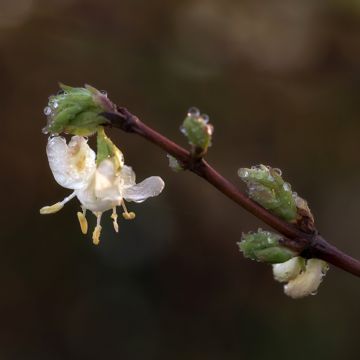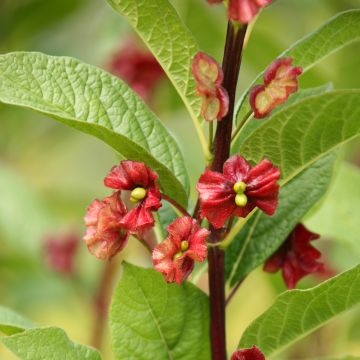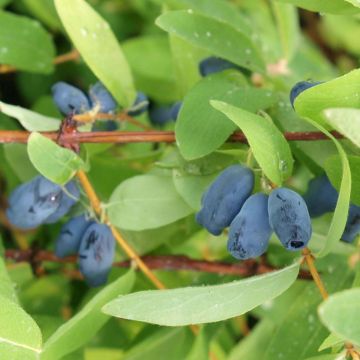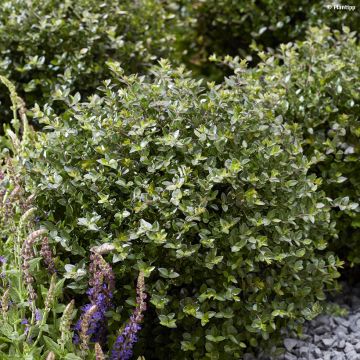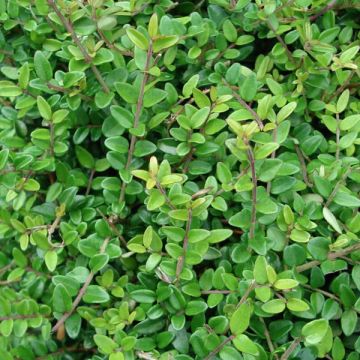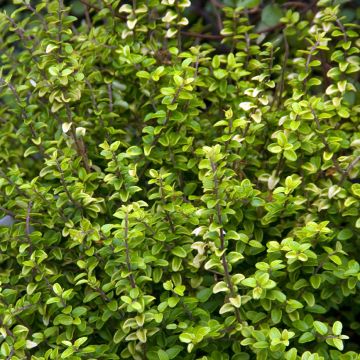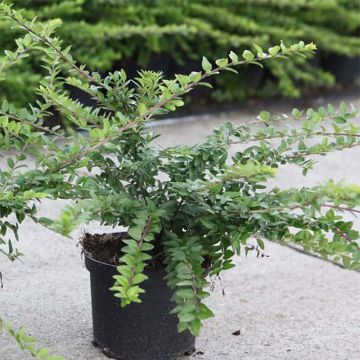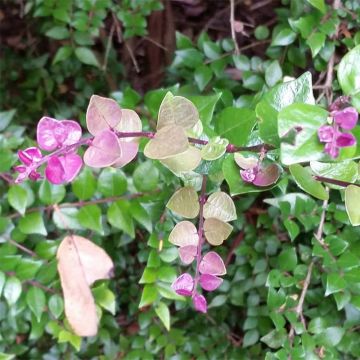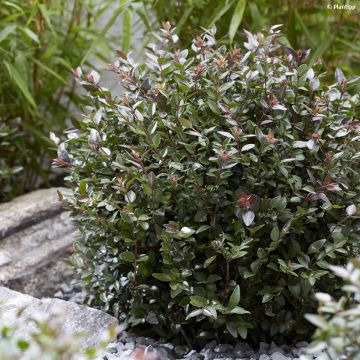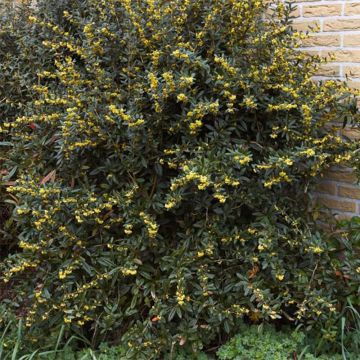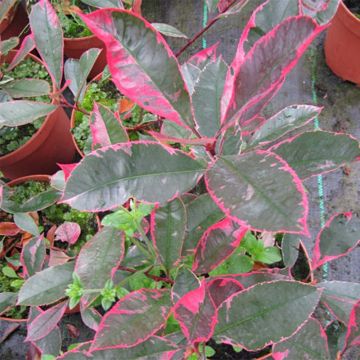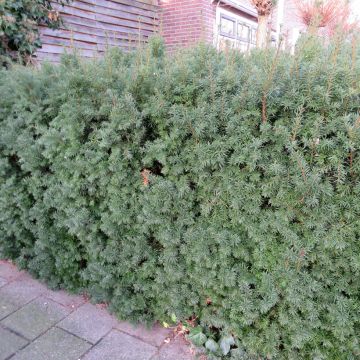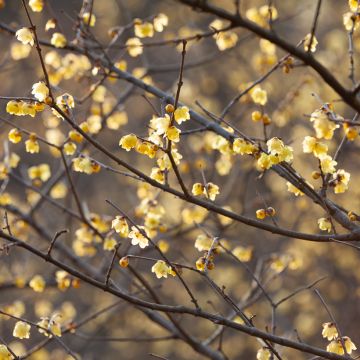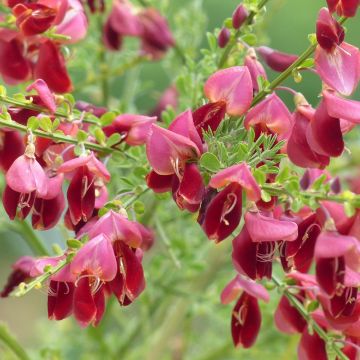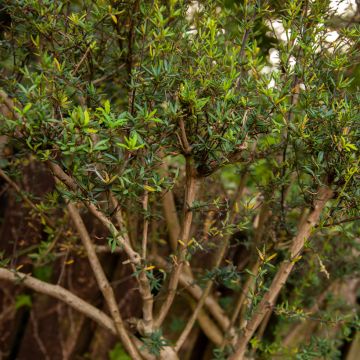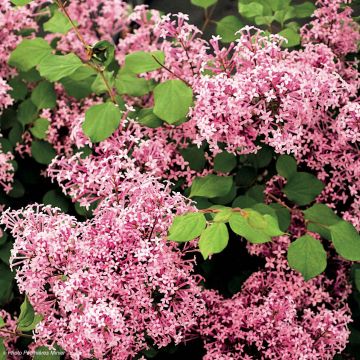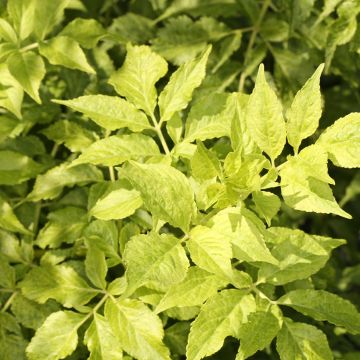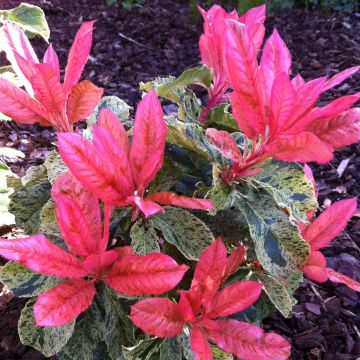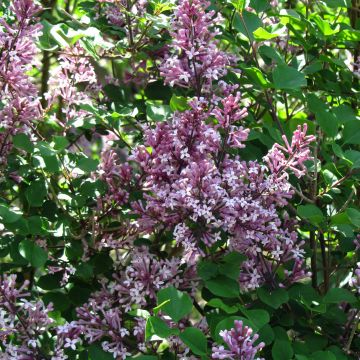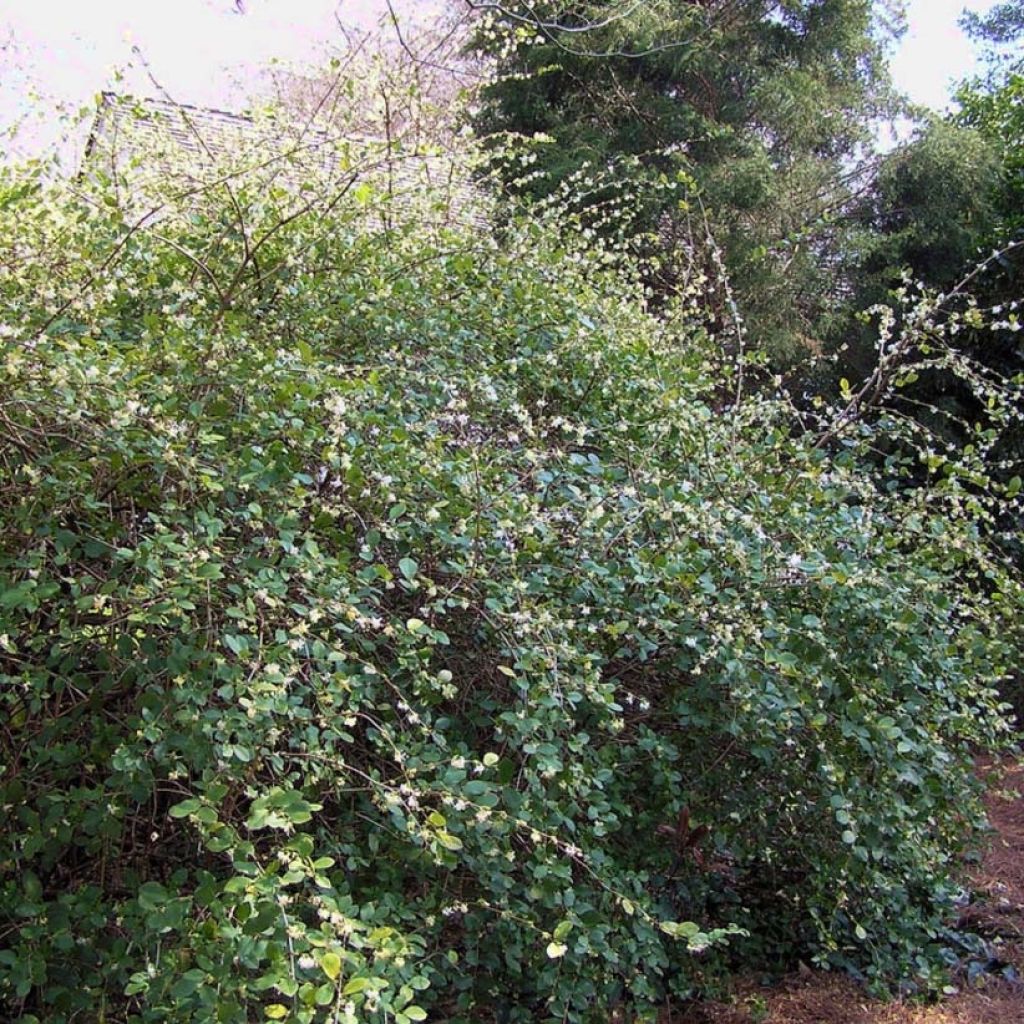

Lonicera fragrantissima - Winter Honeysuckle
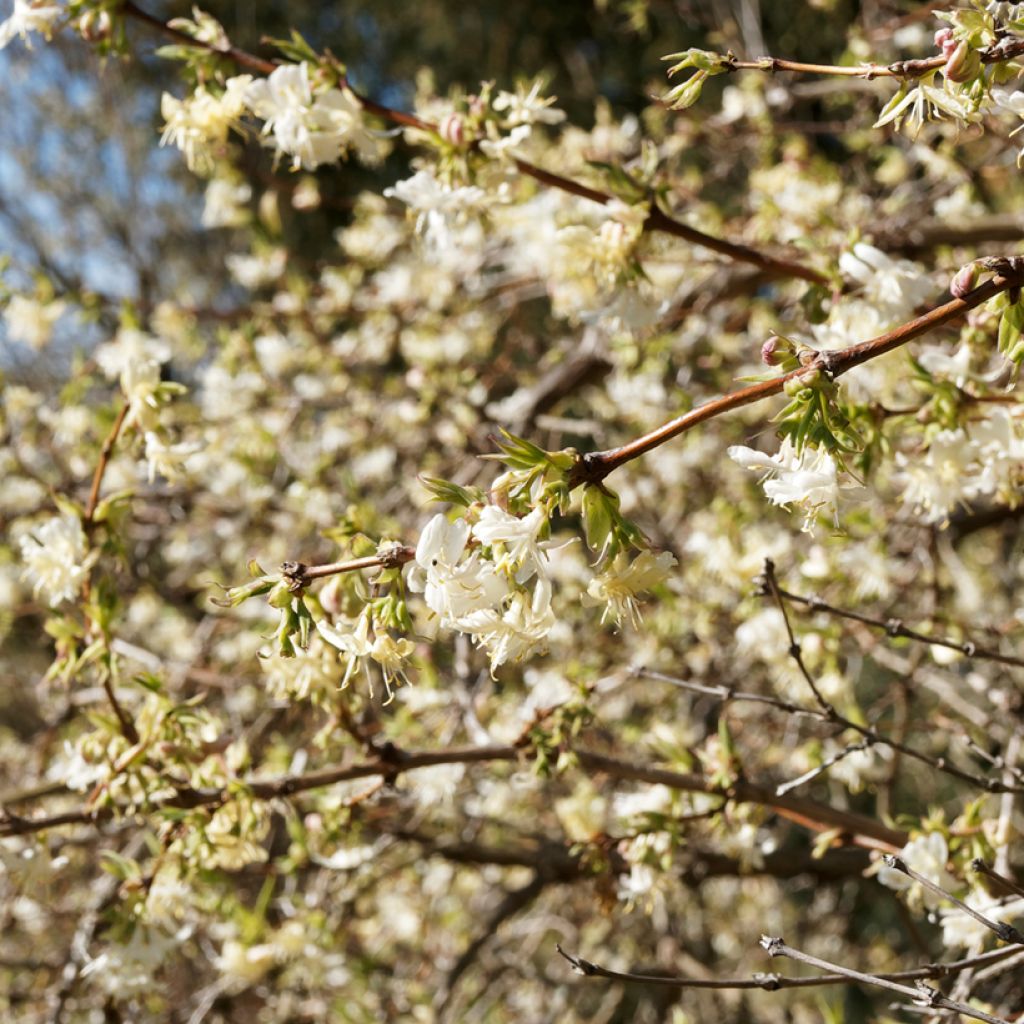

Lonicera fragrantissima - Winter Honeysuckle
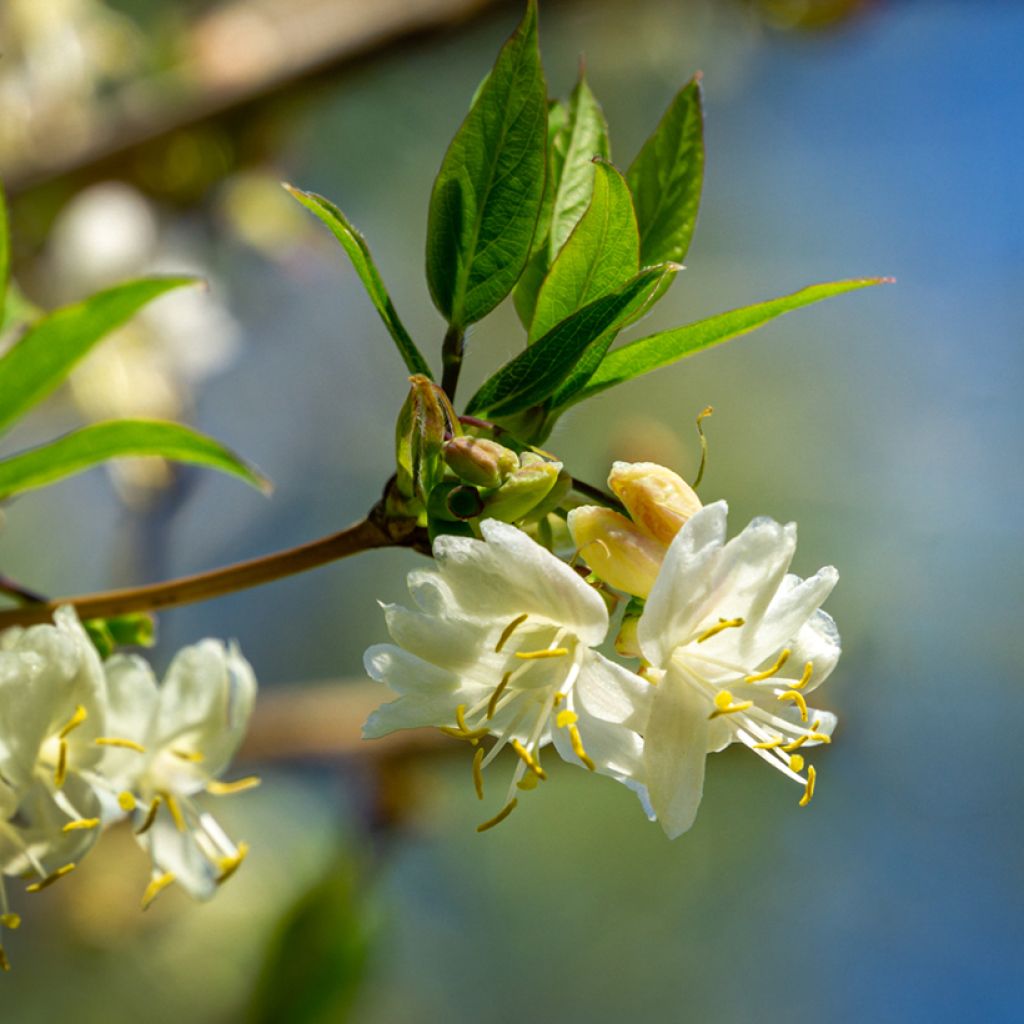

Lonicera fragrantissima - Winter Honeysuckle
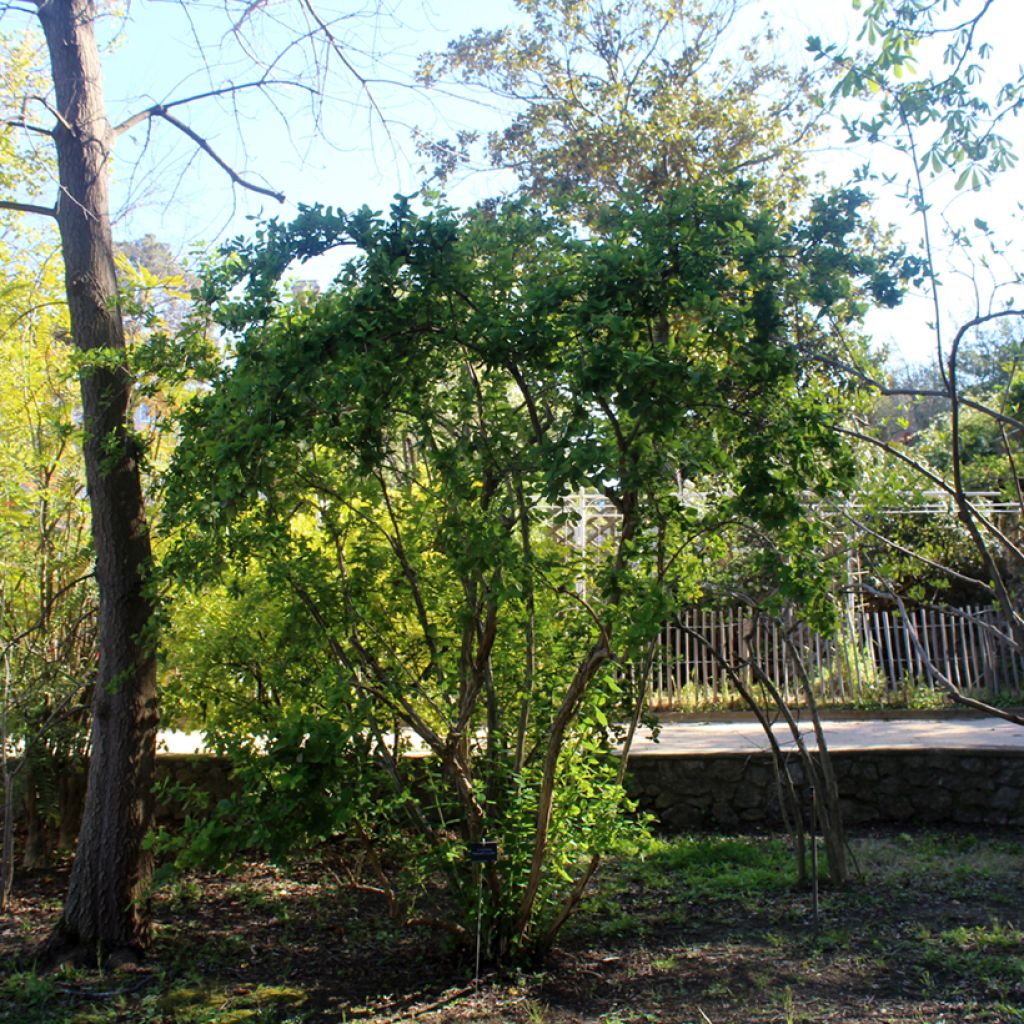

Lonicera fragrantissima - Winter Honeysuckle
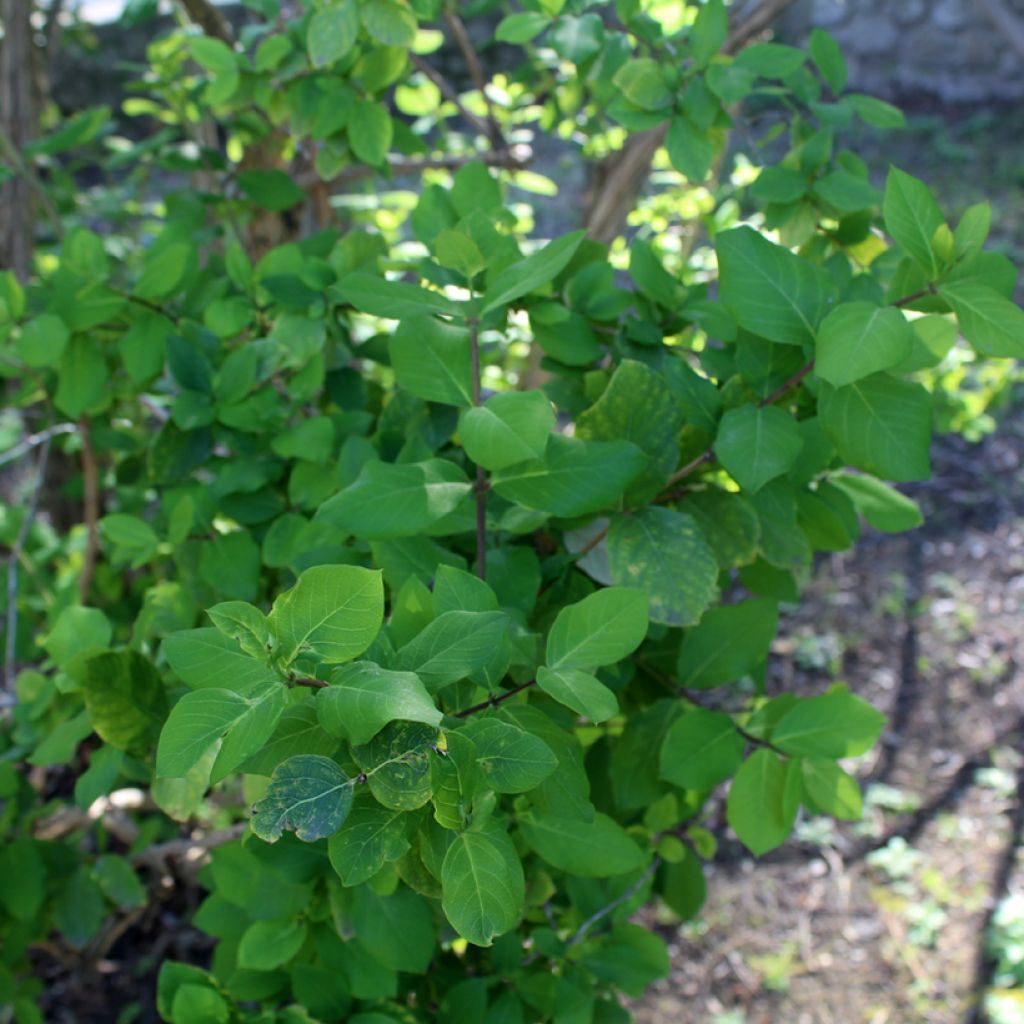

Lonicera fragrantissima - Winter Honeysuckle
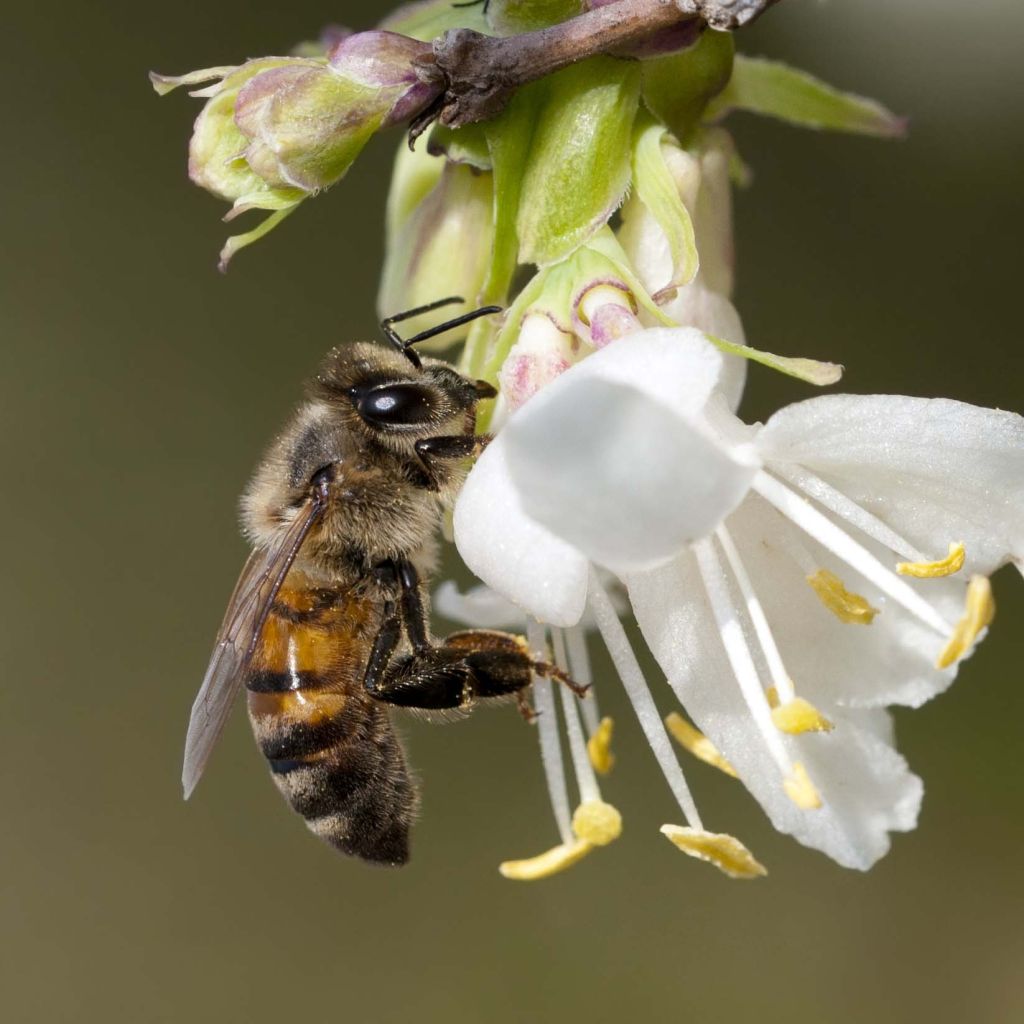

Lonicera fragrantissima - Winter Honeysuckle
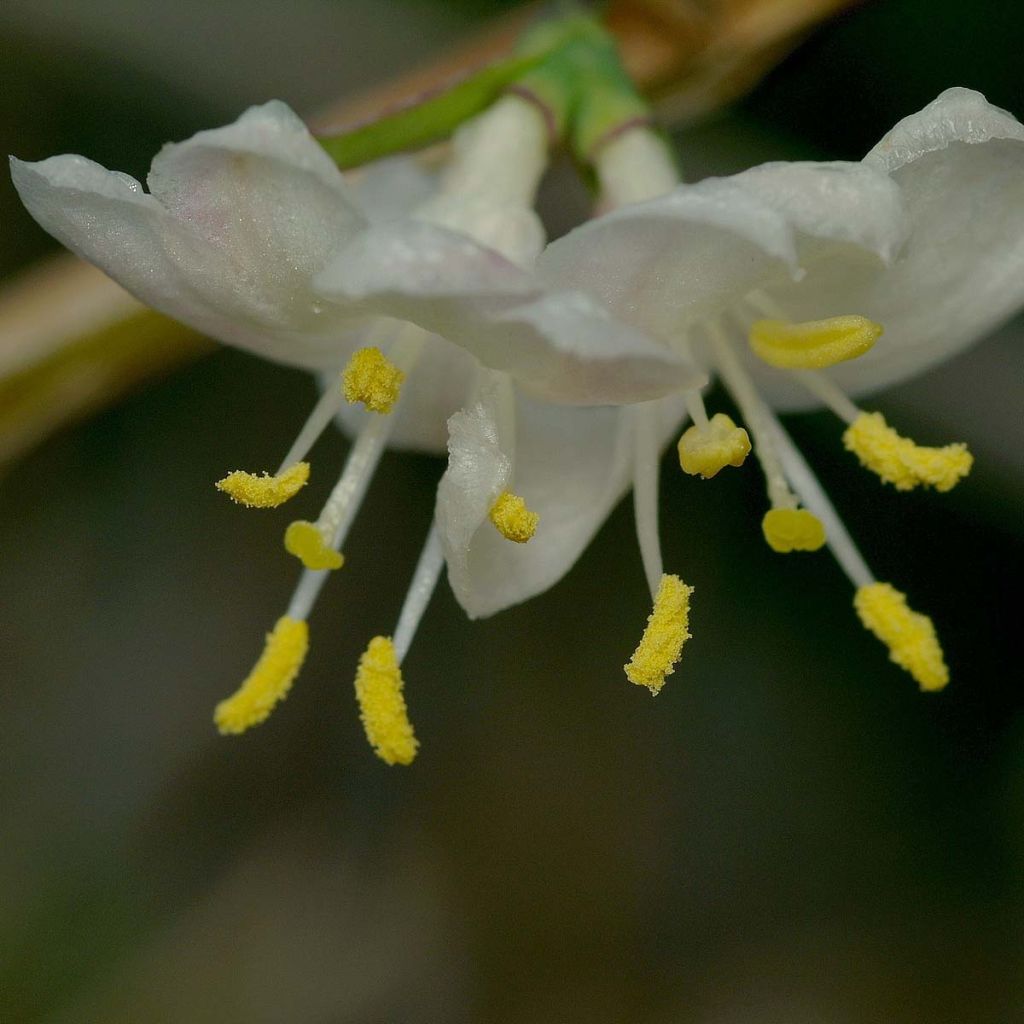

Lonicera fragrantissima - Winter Honeysuckle
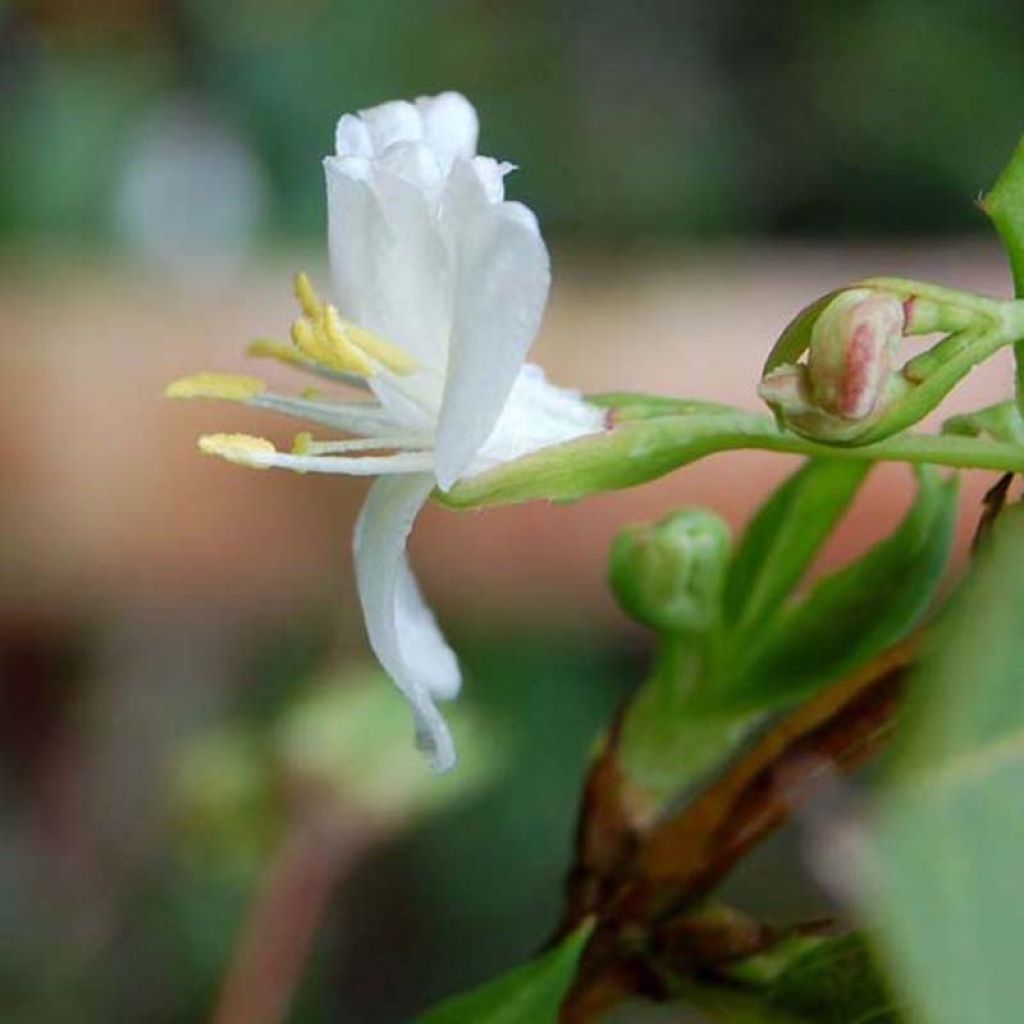

Lonicera fragrantissima - Winter Honeysuckle
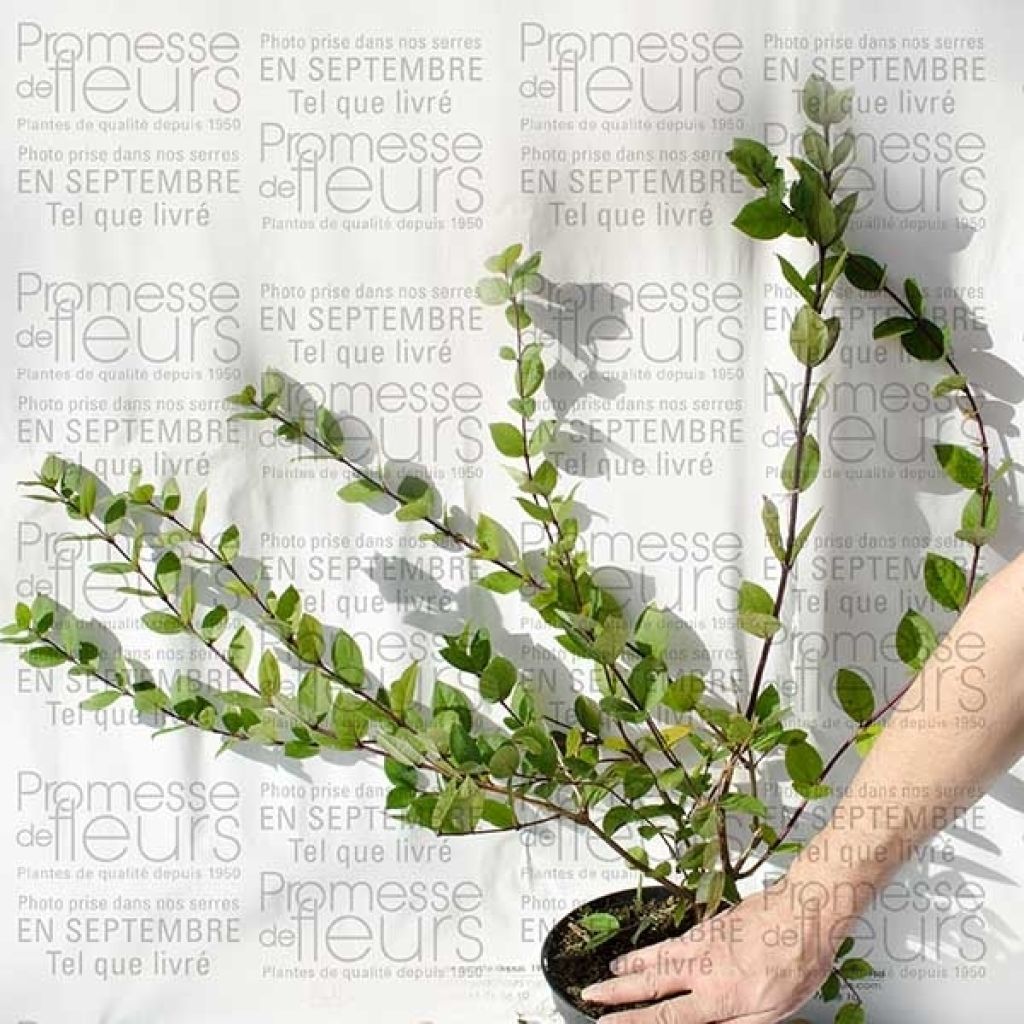

Lonicera fragrantissima - Winter Honeysuckle
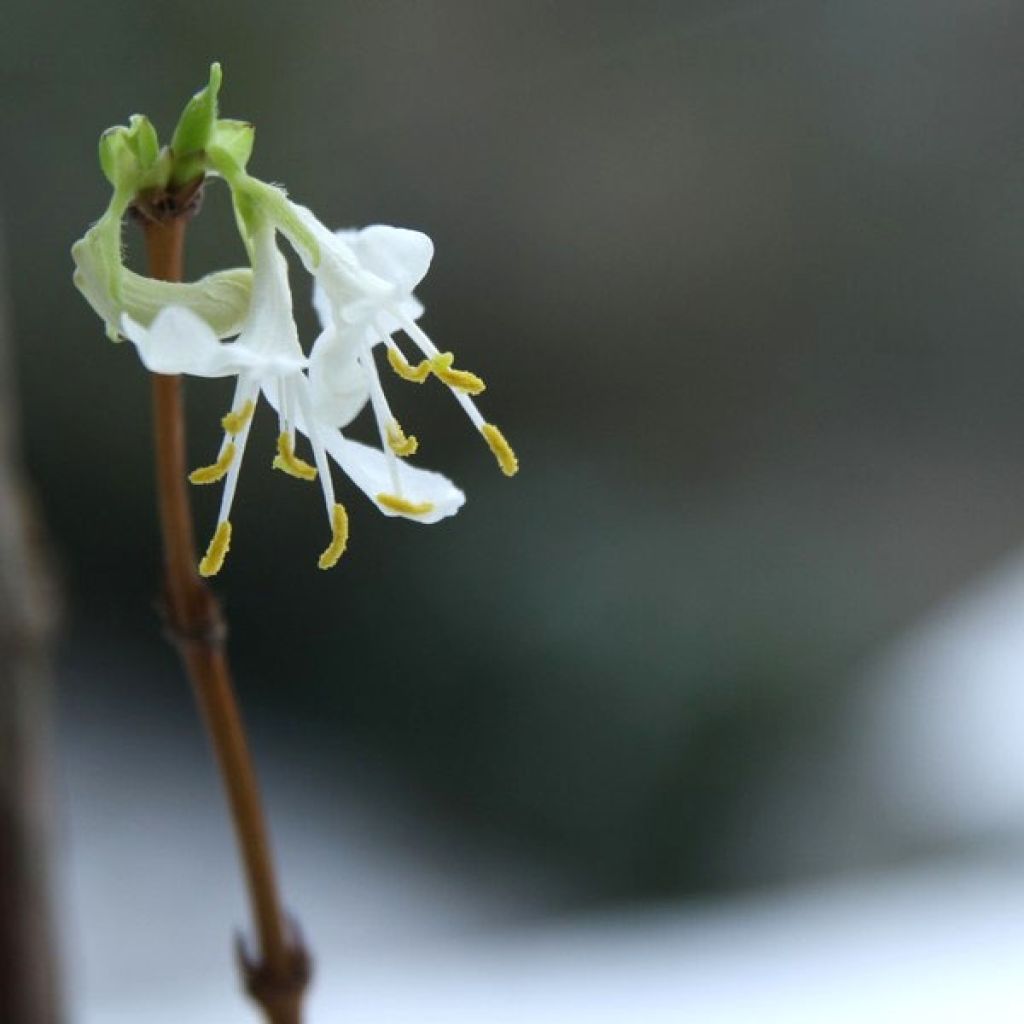

Lonicera fragrantissima - Winter Honeysuckle
Lonicera fragrantissima - Winter Honeysuckle
Lonicera fragrantissima
Winter Honeysuckle
This item cannot be shipped to the selected country
Delivery charge from €5.90
Delivery charge from €5.90
Delivery charge from €5.90
Delivery to Corse prohibited
More information
Schedule delivery date,
and select date in basket
This plant carries a 6 months recovery warranty
More information
We guarantee the quality of our plants for a full growing cycle, and will replace at our expense any plant that fails to recover under normal climatic and planting conditions.
From €5.90 for pickup delivery and €6.90 for home delivery
Express home delivery from €8.90.
From €5.90 for pickup delivery and €6.90 for home delivery
Express home delivery from €8.90.
From €5.90 for pickup delivery and €6.90 for home delivery
Express home delivery from €8.90.
Delivery to Corse prohibited: UE law prohibits the import of this plant from mainland France to Corse as part of the fight against Xylella fastidiosa. Please accept our sincere apologies.
More information

Does this plant fit my garden?
Set up your Plantfit profile →
Description
Lonicera fragrantissima is a bushy honeysuckle that blooms in the heart of winter with a superb fragrance reminiscent of lemon and jasmine. Its flowers are small, and slightly creamy white, numerous and particularly visible in February, on branches that are often bare at this time of year. In addition to its flowers, its ample, dense, and flexible habit has a beautiful presence in the semi-shaded areas of the garden. This vigorous winter honeysuckle is an essential shrub in a large garden or informal hedge, especially since it thrives in all regions and in any well-drained soil.
The Lonicera fragrantissima, from the Caprifoliaceae family, is native to northeastern China, where it grows in woodland and deciduous forests. It is a perfectly hardy plant and very tolerant of soil, whether slightly acidic, neutral, or even slightly alkaline. It tolerates dry summers quite well if planted in a shaded position in summer, under a deciduous tree for example. However, it dislikes overly compact and waterlogged soils in winter.
The habit of Lonicera fragrantissima is bushy, rounded to spreading, well-branched, and supported by slightly arched branches. At maturity, this slightly wider-than-tall shrub will measure about 2.50m (8ft) in height and 2.75m (9ft) in spread. Its growth can be easily controlled by pruning after flowering. The branches are reddish when young, becoming more grey and losing their leaves over time. Its foliage is dense, more or less evergreen in winter depending on the climate: it often falls in January-February. The leaves, from 2.5 to 7cm (1 to 2.8in) in length, are entire, ovate, and pointed, light to medium green. This shrub is especially appreciated for its winter flowering, which appears from December to March depending on the region. The small flowers grouped in pairs in the axils of the leaves measure no more than 1cm (0.4in) to 1.5cm (0.6in) in length and diameter. They bloom on the previous year's wood. Very nectar-rich, they are a source of food for bees at a time of year when flowering is scarce. Their fragrance is more noticeable in mild weather. They give way to small fruits that are dull red, and ripen in late spring to early summer.
This honeysuckle, with its relatively large size, is often used in an informal hedge or at the back of low-growing plant beds. However, its winter fragrance will be better appreciated if it is planted near a pathway or alley leading to an entrance of the house or garage. It will be interesting to associate it with shrubs that have staggered flowering but equivalent vigour: consider, for example, Cornus mas, Philadelphus coronarius (garden mock orange), Lonicera tatarica, lilacs, apple trees, and ornamental cherries... The budding branches can be cut and placed in a vase indoors, where they will open and perfume the room.
Report an error about the product description
Lonicera fragrantissima - Winter Honeysuckle in pictures


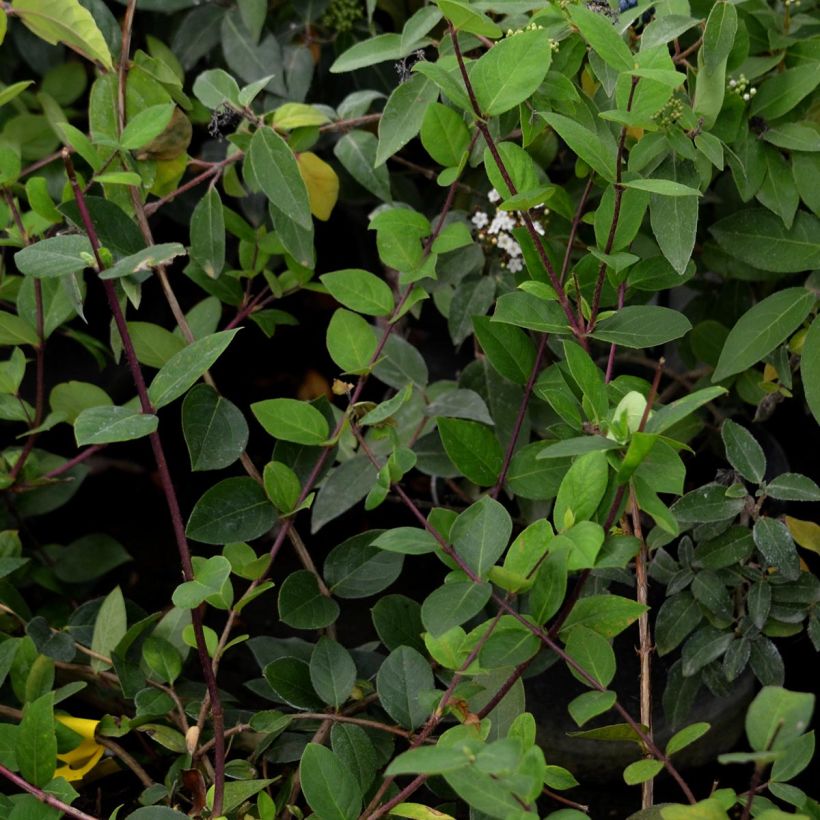



Plant habit
Flowering
Foliage
Botanical data
Lonicera
fragrantissima
Caprifoliaceae
Winter Honeysuckle
China
Other Honeysuckle
Planting and care
Plant winter honeysuckle in autumn or early spring. Choose a partially shaded location in the south, sunny in the north, in a protected position: very hardy (-20°C), it is fine in the cold but will flower better in a position which is protected in winter, and partially shaded during the hot months.
The Lonicera fragrantissima is tolerant of soil type, which can be slightly acidic, neutral or slightly alkaline, but prefers well-drained soils. Once well established in deep soil, this bush can withstand dry summers if shaded by a deciduous tree.
Control its growth with light pruning after flowering.
Easy to grow, it is un-demanding but appreciates regular fertilizer during the growing season, especially if grown in a container.
Planting period
Intended location
Care
-
, onOrder confirmed
Reply from on Promesse de fleurs
Hedge shrubs
Haven't found what you were looking for?
Hardiness is the lowest winter temperature a plant can endure without suffering serious damage or even dying. However, hardiness is affected by location (a sheltered area, such as a patio), protection (winter cover) and soil type (hardiness is improved by well-drained soil).

Photo Sharing Terms & Conditions
In order to encourage gardeners to interact and share their experiences, Promesse de fleurs offers various media enabling content to be uploaded onto its Site - in particular via the ‘Photo sharing’ module.
The User agrees to refrain from:
- Posting any content that is illegal, prejudicial, insulting, racist, inciteful to hatred, revisionist, contrary to public decency, that infringes on privacy or on the privacy rights of third parties, in particular the publicity rights of persons and goods, intellectual property rights, or the right to privacy.
- Submitting content on behalf of a third party;
- Impersonate the identity of a third party and/or publish any personal information about a third party;
In general, the User undertakes to refrain from any unethical behaviour.
All Content (in particular text, comments, files, images, photos, videos, creative works, etc.), which may be subject to property or intellectual property rights, image or other private rights, shall remain the property of the User, subject to the limited rights granted by the terms of the licence granted by Promesse de fleurs as stated below. Users are at liberty to publish or not to publish such Content on the Site, notably via the ‘Photo Sharing’ facility, and accept that this Content shall be made public and freely accessible, notably on the Internet.
Users further acknowledge, undertake to have ,and guarantee that they hold all necessary rights and permissions to publish such material on the Site, in particular with regard to the legislation in force pertaining to any privacy, property, intellectual property, image, or contractual rights, or rights of any other nature. By publishing such Content on the Site, Users acknowledge accepting full liability as publishers of the Content within the meaning of the law, and grant Promesse de fleurs, free of charge, an inclusive, worldwide licence for the said Content for the entire duration of its publication, including all reproduction, representation, up/downloading, displaying, performing, transmission, and storage rights.
Users also grant permission for their name to be linked to the Content and accept that this link may not always be made available.
By engaging in posting material, Users consent to their Content becoming automatically accessible on the Internet, in particular on other sites and/or blogs and/or web pages of the Promesse de fleurs site, including in particular social pages and the Promesse de fleurs catalogue.
Users may secure the removal of entrusted content free of charge by issuing a simple request via our contact form.
The flowering period indicated on our website applies to countries and regions located in USDA zone 8 (France, the United Kingdom, Ireland, the Netherlands, etc.)
It will vary according to where you live:
- In zones 9 to 10 (Italy, Spain, Greece, etc.), flowering will occur about 2 to 4 weeks earlier.
- In zones 6 to 7 (Germany, Poland, Slovenia, and lower mountainous regions), flowering will be delayed by 2 to 3 weeks.
- In zone 5 (Central Europe, Scandinavia), blooming will be delayed by 3 to 5 weeks.
In temperate climates, pruning of spring-flowering shrubs (forsythia, spireas, etc.) should be done just after flowering.
Pruning of summer-flowering shrubs (Indian Lilac, Perovskia, etc.) can be done in winter or spring.
In cold regions as well as with frost-sensitive plants, avoid pruning too early when severe frosts may still occur.
The planting period indicated on our website applies to countries and regions located in USDA zone 8 (France, United Kingdom, Ireland, Netherlands).
It will vary according to where you live:
- In Mediterranean zones (Marseille, Madrid, Milan, etc.), autumn and winter are the best planting periods.
- In continental zones (Strasbourg, Munich, Vienna, etc.), delay planting by 2 to 3 weeks in spring and bring it forward by 2 to 4 weeks in autumn.
- In mountainous regions (the Alps, Pyrenees, Carpathians, etc.), it is best to plant in late spring (May-June) or late summer (August-September).
The harvesting period indicated on our website applies to countries and regions in USDA zone 8 (France, England, Ireland, the Netherlands).
In colder areas (Scandinavia, Poland, Austria...) fruit and vegetable harvests are likely to be delayed by 3-4 weeks.
In warmer areas (Italy, Spain, Greece, etc.), harvesting will probably take place earlier, depending on weather conditions.
The sowing periods indicated on our website apply to countries and regions within USDA Zone 8 (France, UK, Ireland, Netherlands).
In colder areas (Scandinavia, Poland, Austria...), delay any outdoor sowing by 3-4 weeks, or sow under glass.
In warmer climes (Italy, Spain, Greece, etc.), bring outdoor sowing forward by a few weeks.

































